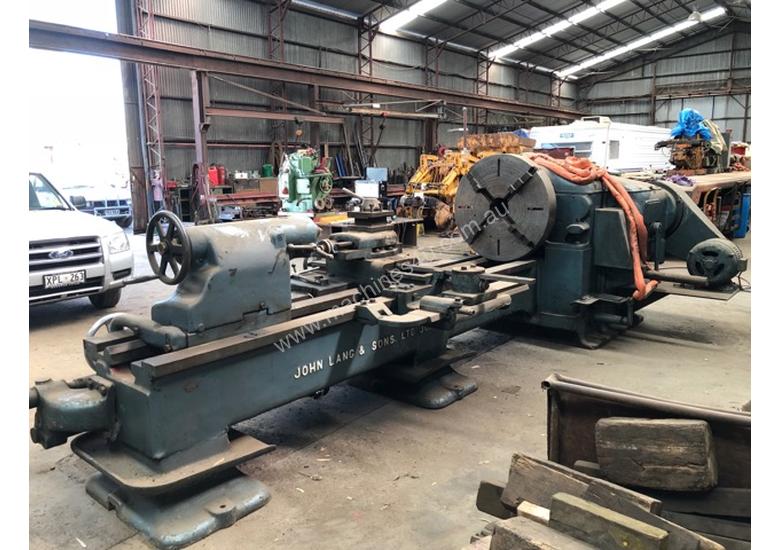After futzing around for several years back in the '90s with various top-mounted jigs for routing saddle slots (and not 100% happy with the results) I purchased this 1600 lb. saddle-routing jig to give me the accuracy I was after.
Okay, I confess there's more to the story about this purchase beyond routing saddle slots. I was exposed to machine shop practices in a previous life and wanted to bring that accuracy to my budding guitar repair business. And, I just wanted to make stuff for fun. This is not a Snap-on, BTW, but a Wood Mill from Grizzly. The spindle turns at 5000 rpm max which, while not 30K router speeds, is plenty fast enough for guitar work. I use 2 and 4 flute carbide end mills for just about everything. They are cheaper than router bits and for my purposes a lot more versatile. I built a mobile base to be able to move the mill around but it mostly lives in the same corner as it's a real bear to get started across the carpet, being 1600 lbs. and all. It's 220 volts but my shop is wired for 3-phase power and getting 220 was going to be very expensive and require a building permit and inspections, so I bought a transformer (on the floor to the right ) for about $75 and solved that expensive equation on the cheap! And quickly, too.
Here I'm slotting a bridge I made as a replacement of the plastic bridge Gibson used. It had deformed and shifted forward, digging a small latitudinal furrow all along the front edge of the bridge and taking finish with it as well. I made this bridge slightly oversized to cover the damage. The bit is .125" and the slot is exactly .125". I had the mill tuned shortly after I purchased it and the tech told me the runout of the spindle was measured in "tenths", meaning ten-thousandths! And I thought to work in thousandths was small! In any case, the mass, solidity, and tuning of the mill ensure a very high level of accuracy.
I added a Z-axis digital caliper to give me fine control over the depth of cut.
The mill is also used for making custom jigs and cauls etc. And it holds the floor down pretty well.
Views: 1507
Replies to This Discussion
-
Excellent Mark,
I took your advice and just got myself a lath for turning bridge pins and making dowels for tuner holes.

-
Great minds...;)
-
...killing me...
-
It wouldn't have failed if they had just used bigger lag screws...
Thanks Russell, you made me spit my coffee out when I saw the image you posted...
-
The Wood Mill was a great tool for the money - just the thing for woodworkers, lightweight construction, with a wider table than a Bridgeport. Too bad it was discontinued so soon after introduction.
As you can see, mine is a GIBSON:
-
Kalamazoo built, no doubt.
-
I'd hate to be the guy tasked with un-coiling that bad boy. Or re-coiling it.
-
Hey, which of you clowns put the blade on backwards? ......er, mumble mumble mumble.........
Love this stuff!
Rusty.
-
That bandsaw blade picture floored me, so I used Google's image search and tracked down the site it came from - wow. The mill sharpens that blade every two hours of use, so they have to juggle that monster something on the order of twenty time a week. YIKES.

© 2025 Created by Frank Ford.
Powered by
![]()